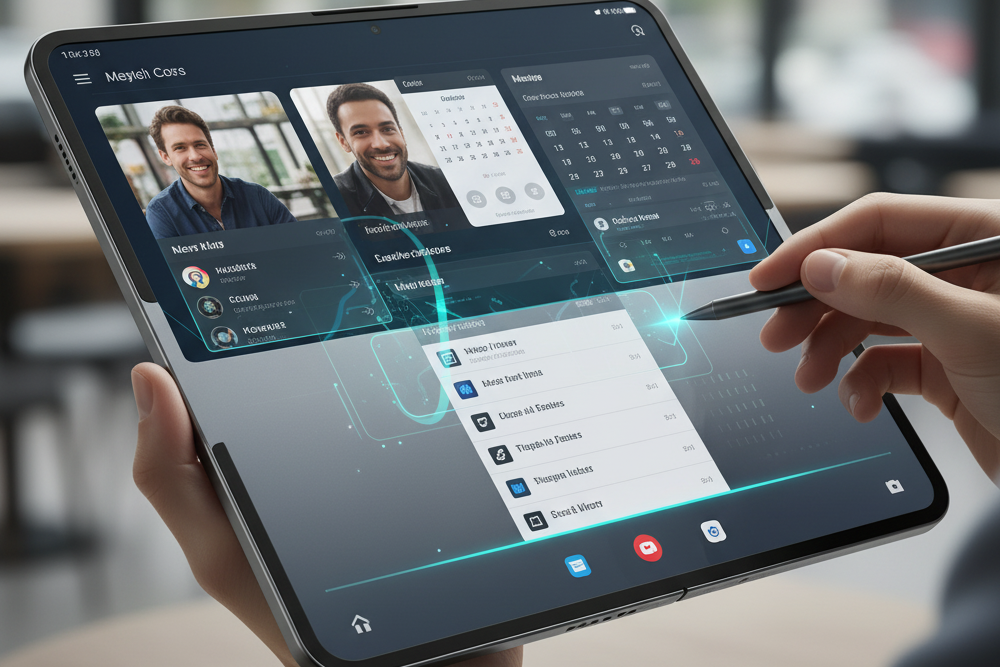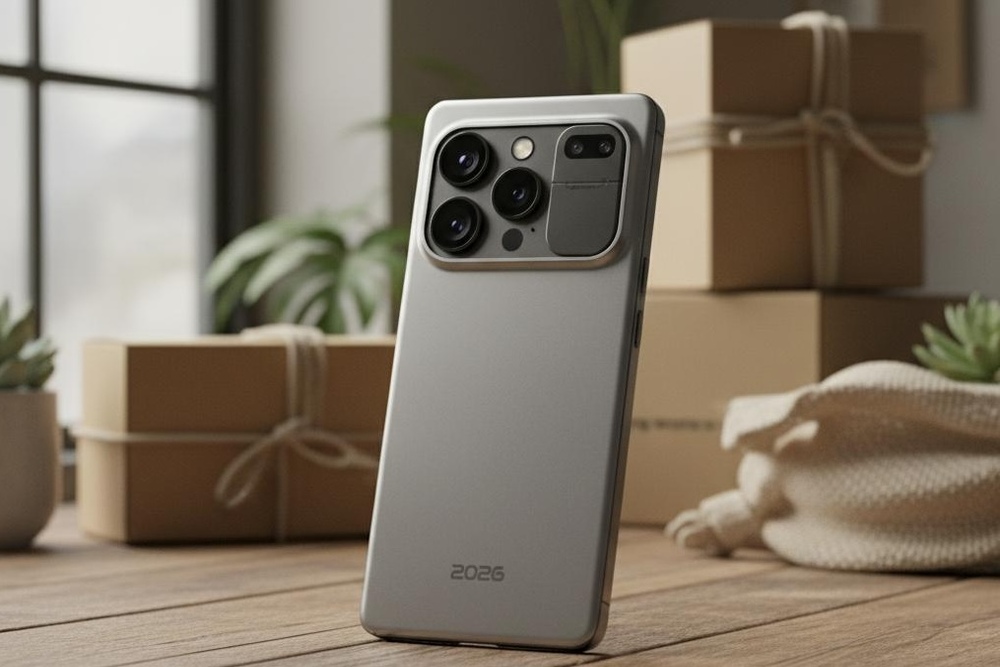The Evolution of Smartphones: What's New in 2026
Benjamin Lee
2025-09-11
6 min read

The smartphone landscape in 2026 represents a fascinating convergence of cutting-edge technology and practical innovation. As we navigate through the middle of the decade, the devices in our pockets have transformed far beyond simple communication tools into sophisticated computing platforms that seamlessly integrate artificial intelligence, advanced materials science, and sustainable design principles. The evolution we're witnessing today builds upon decades of incremental improvements while introducing revolutionary changes that are reshaping how we interact with technology.
Foldable Technology Reaches Maturity
The foldable smartphone market has finally hit its stride in 2026, moving beyond the experimental phase that characterized earlier iterations. Modern foldable devices now feature ultra-thin glass that can withstand hundreds of thousands of fold cycles without showing signs of wear. Samsung, Google, and OnePlus have refined their hinge mechanisms to create devices that fold completely flat, eliminating the gap that plagued earlier generations. The durability concerns that once deterred consumers from adopting foldable technology have largely been addressed through advances in materials engineering. New polymer layers protect the delicate display components while maintaining flexibility, and improved sealing techniques keep dust and debris from interfering with the folding mechanism. These improvements have made foldable phones viable for everyday use rather than novelty items for early adopters. Perhaps most significantly, software optimization for foldable displays has reached new heights. Operating systems now intelligently adapt applications and interfaces based on how the device is folded, creating seamless transitions between phone and tablet modes. This adaptive functionality extends to multitasking capabilities, allowing users to run multiple applications simultaneously with intuitive gesture controls that take advantage of the larger unfolded screen real estate.
Artificial Intelligence Integration Transforms User Experience
The integration of artificial intelligence into smartphone functionality has moved well beyond simple voice assistants and predictive text. In 2026, AI processors dedicated to machine learning tasks have become standard in flagship devices, enabling real-time language translation, advanced computational photography, and predictive user interface adjustments that anticipate user needs. On-device AI processing has revolutionized privacy considerations while enhancing performance. Rather than sending sensitive data to cloud servers for processing, modern smartphones can perform complex AI tasks locally. This approach reduces latency while keeping personal information secure, addressing growing consumer concerns about data privacy and surveillance. Camera systems have benefited tremendously from AI advancement, with smartphones now capable of producing professional-quality images through computational photography techniques. AI-powered scene recognition automatically adjusts camera settings based on environmental conditions, while advanced bokeh effects and low-light performance rival dedicated camera equipment. Video recording has similarly improved, with AI stabilization and automatic editing features that create polished content with minimal user intervention.

Sustainability Becomes a Core Design Principle
Environmental consciousness has shifted from marketing buzzword to fundamental design philosophy in smartphone development. Major manufacturers have committed to carbon-neutral production processes and are incorporating recycled materials into device construction without compromising build quality or aesthetic appeal. Modular design concepts have gained traction, allowing users to upgrade specific components like cameras or batteries rather than replacing entire devices. This approach extends device lifespan while reducing electronic waste, addressing the environmental impact of frequent smartphone upgrades. Some manufacturers now offer trade-in programs that guarantee component reuse in new devices, creating closed-loop manufacturing cycles. Battery technology has seen remarkable improvements in both longevity and charging efficiency. New lithium-silicon battery chemistry provides significantly longer usage times while maintaining compact form factors. Wireless charging has evolved to support faster charging speeds while reducing energy waste, and some devices now feature solar charging capabilities for emergency power generation.
Display Technology Reaches New Heights
Screen technology in 2026 smartphones showcases impressive advances in resolution, color accuracy, and power efficiency. OLED displays now routinely feature refresh rates up to 144Hz while maintaining excellent battery life through intelligent adaptation algorithms that adjust refresh rates based on content requirements. Mini-LED backlighting in premium devices provides exceptional brightness levels and contrast ratios that rival professional monitors. These displays perform admirably in direct sunlight while offering true blacks and vibrant colors that enhance multimedia consumption. Advanced color management systems ensure accurate color reproduction across different lighting conditions, making smartphones viable tools for professional photography and graphic design work. Eye strain reduction has become a priority through improved blue light filtering and adaptive brightness systems that respond to ambient lighting conditions throughout the day. These features work in conjunction with sleep tracking capabilities to optimize display settings for circadian rhythm maintenance.
Connectivity and Performance Leap Forward
The maturation of 5G networks has enabled smartphone capabilities that seemed futuristic just a few years ago. Ultra-low latency connections support real-time gaming and augmented reality applications, while improved bandwidth allows for seamless cloud computing integration. Smartphones can now offload intensive processing tasks to remote servers without noticeable delay, effectively expanding their computational capabilities. Processing power has reached levels that blur the line between smartphones and traditional computers. Advanced chip architectures optimize power consumption while delivering performance that supports professional applications, video editing, and complex multitasking scenarios. These improvements enable smartphones to serve as primary computing devices for many users, reducing the need for separate tablets or laptops. Biometric security has evolved beyond fingerprint readers and facial recognition to include advanced authentication methods that combine multiple biometric factors. These systems provide enhanced security while maintaining user convenience, and new privacy-preserving techniques ensure that biometric data remains secure on the device.
The smartphone evolution of 2026 represents a convergence of mature technologies and emerging innovations that collectively transform these devices into incredibly capable and sustainable computing platforms. As we look toward the future, the foundation being laid today promises even more dramatic changes in how we interact with technology and integrate it into our daily lives. The smartphones of 2026 are not just communication devices but comprehensive digital companions that adapt to user needs while respecting privacy and environmental considerations.



